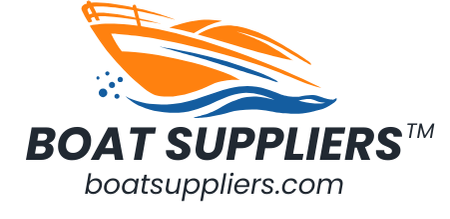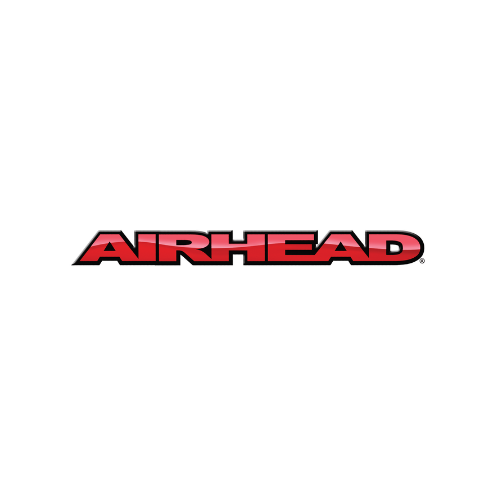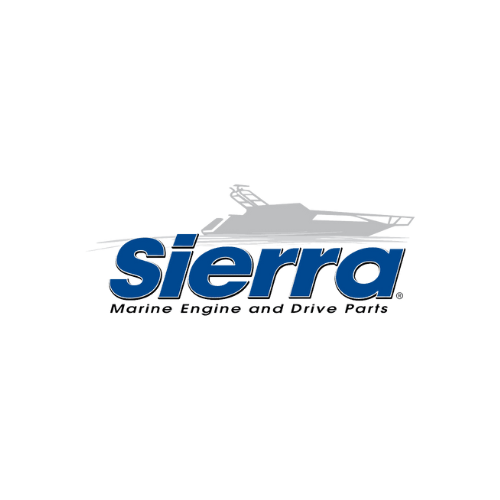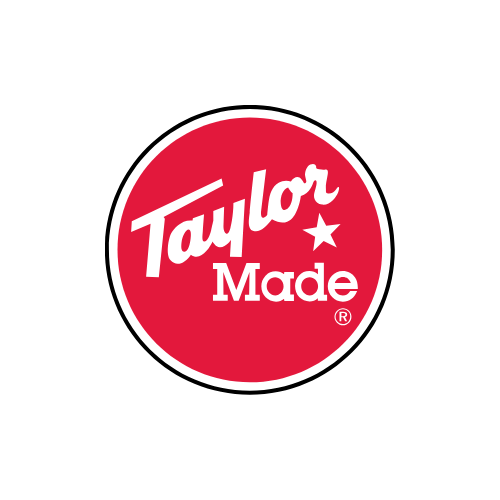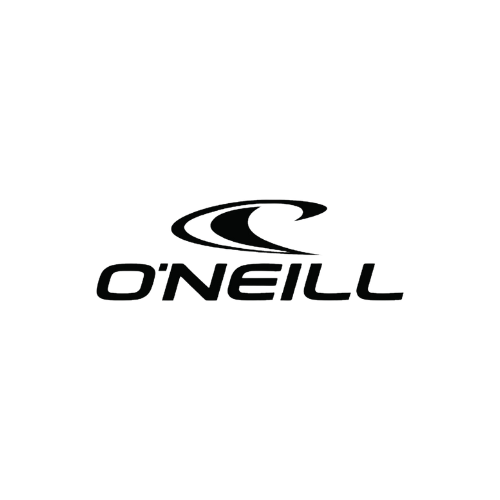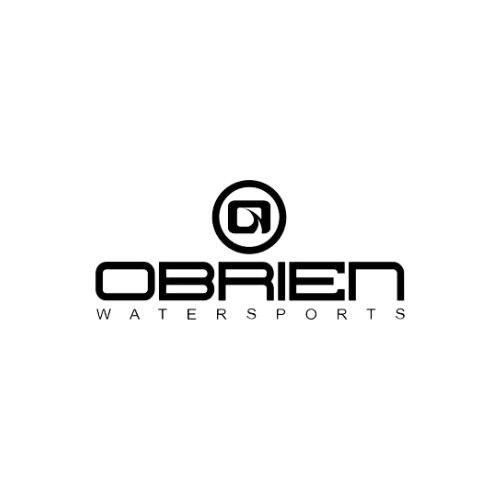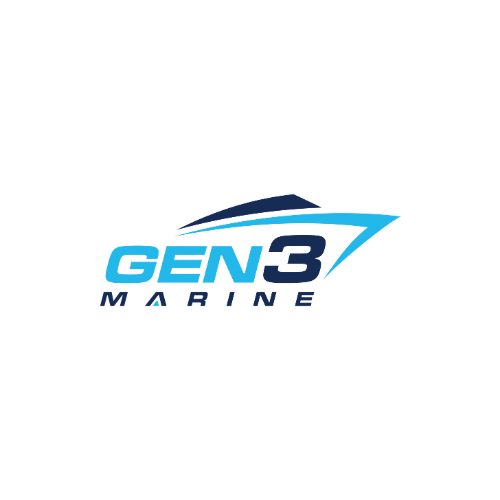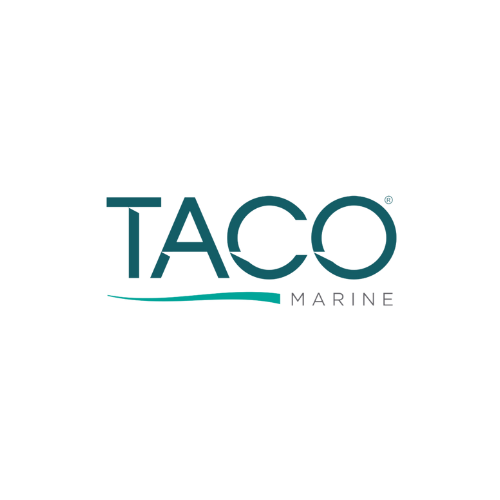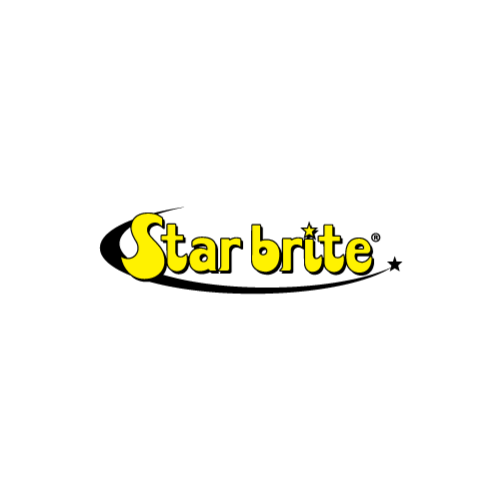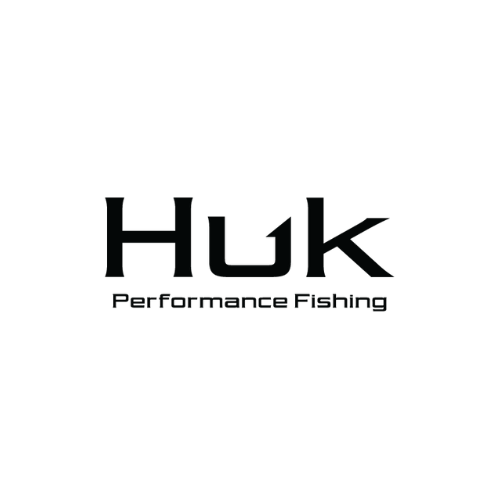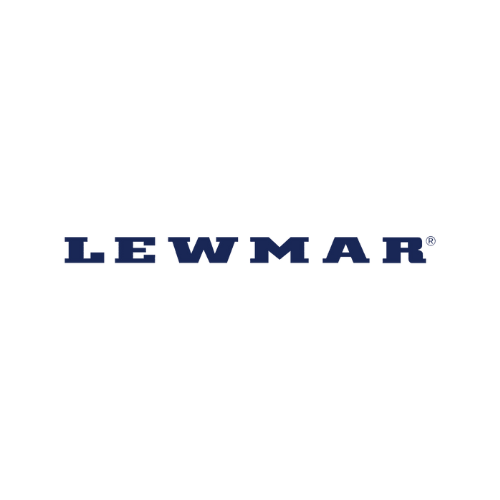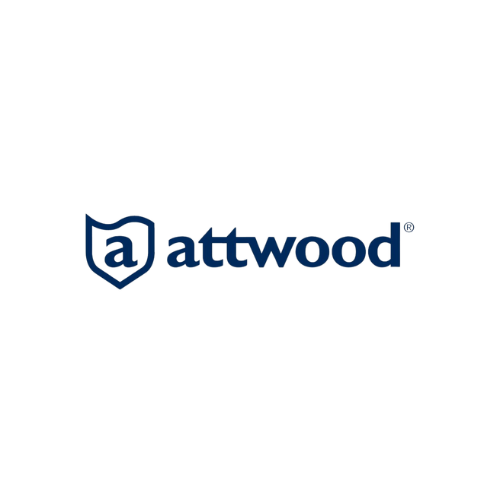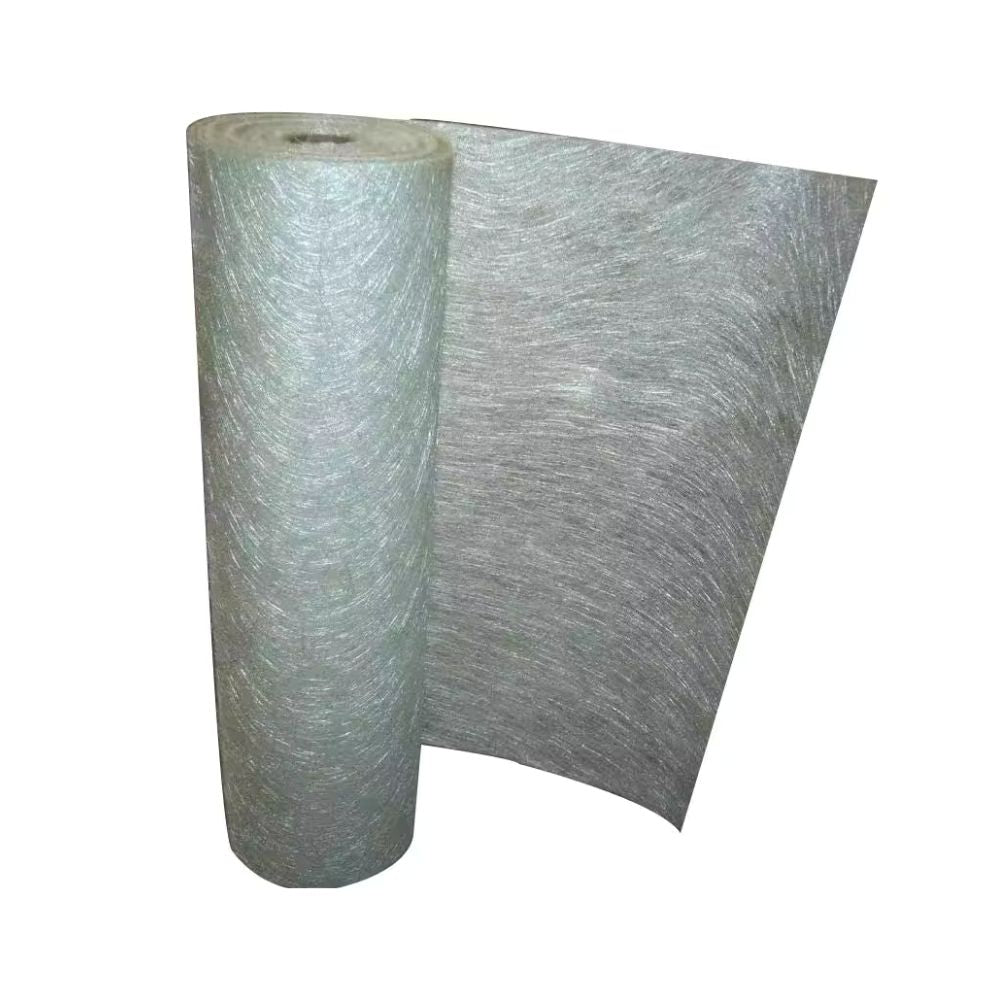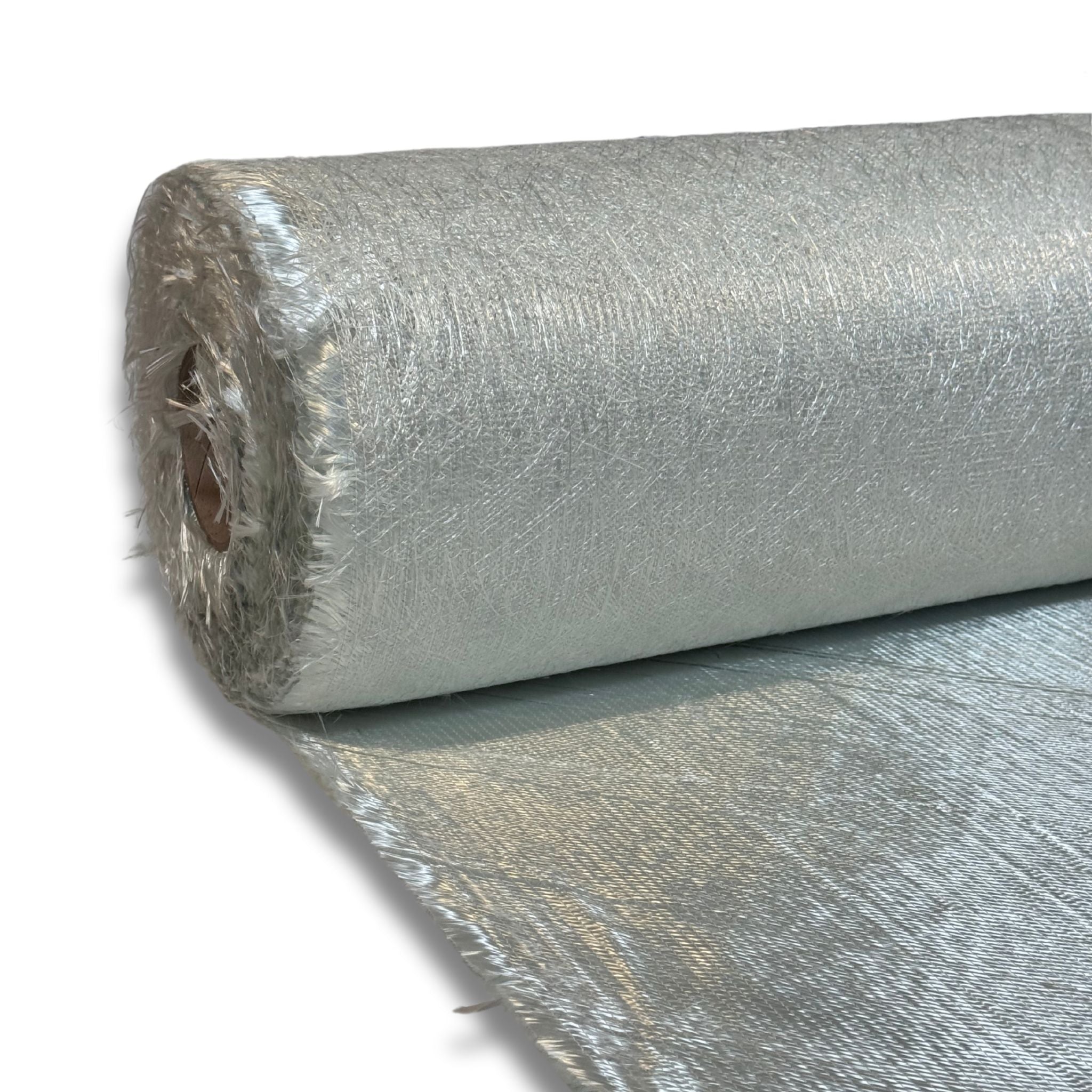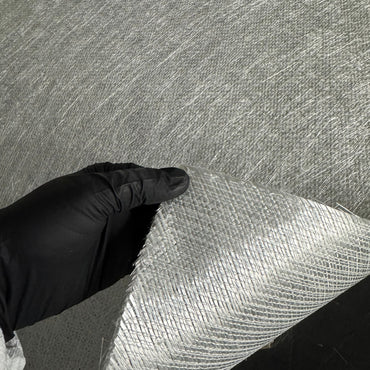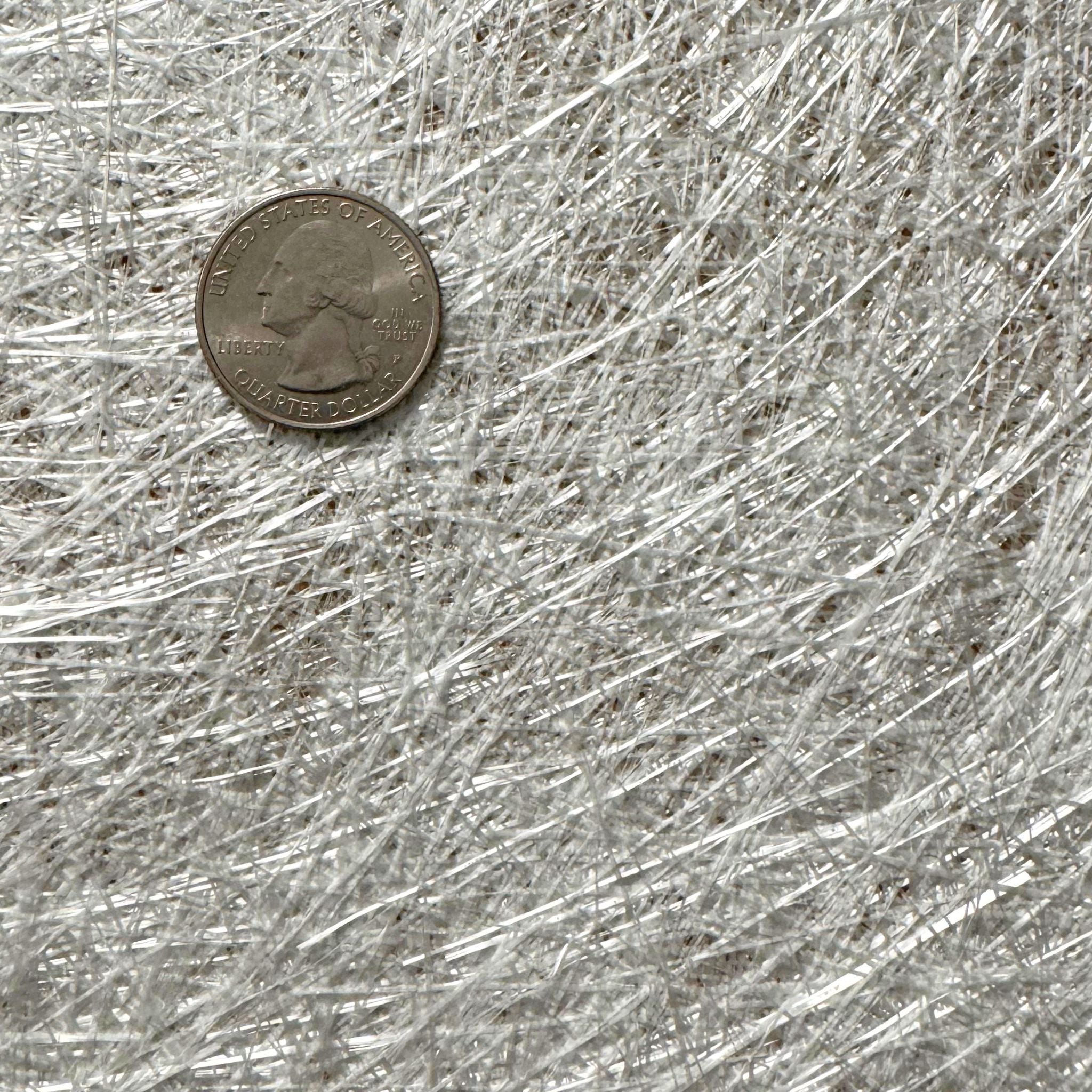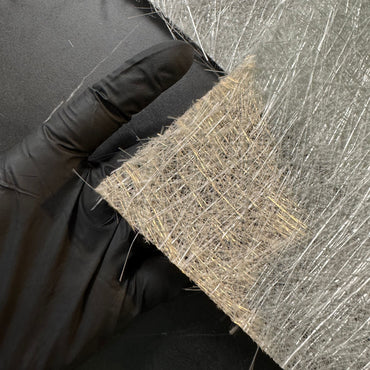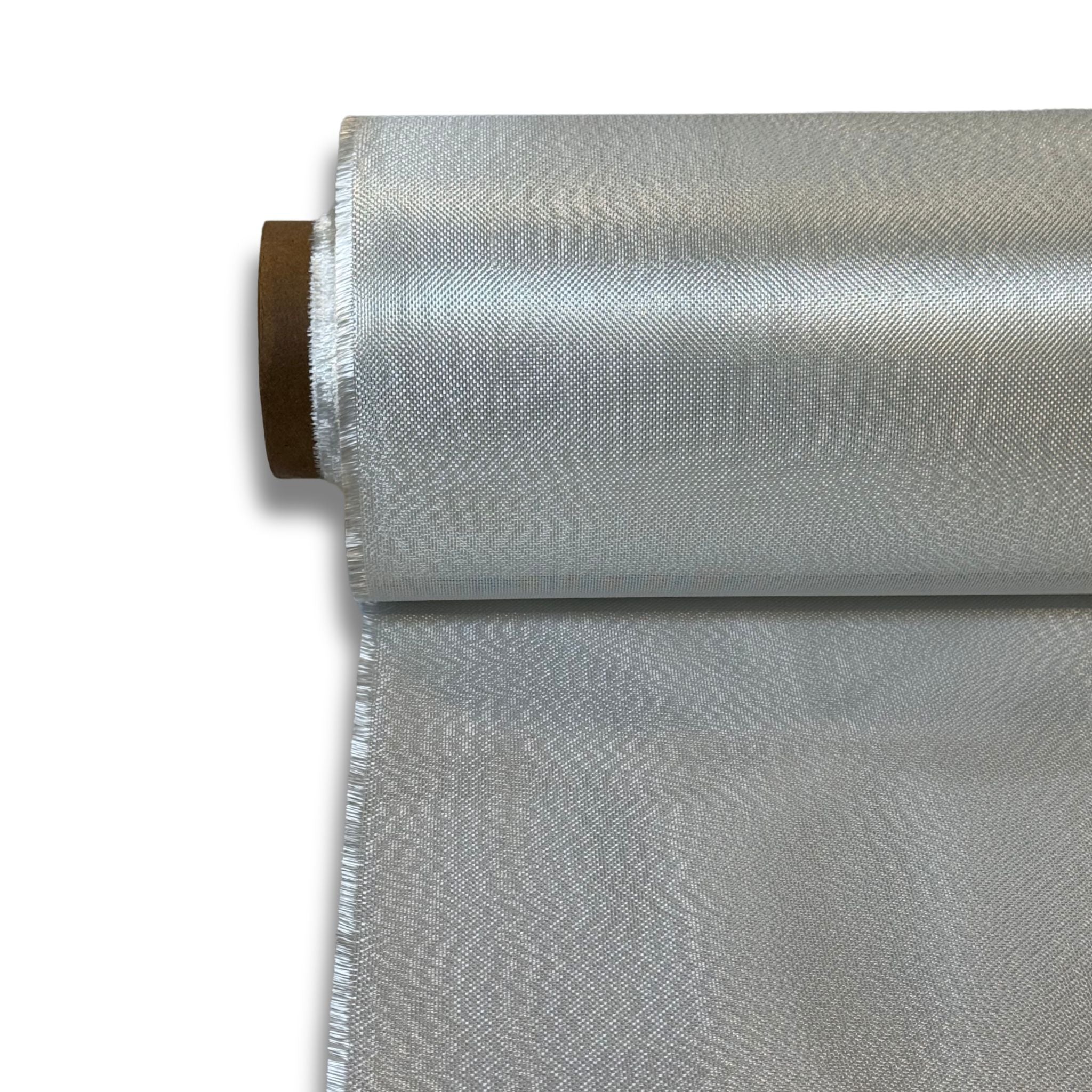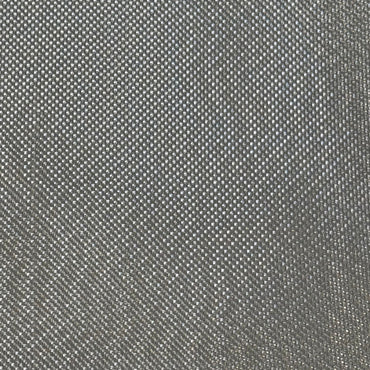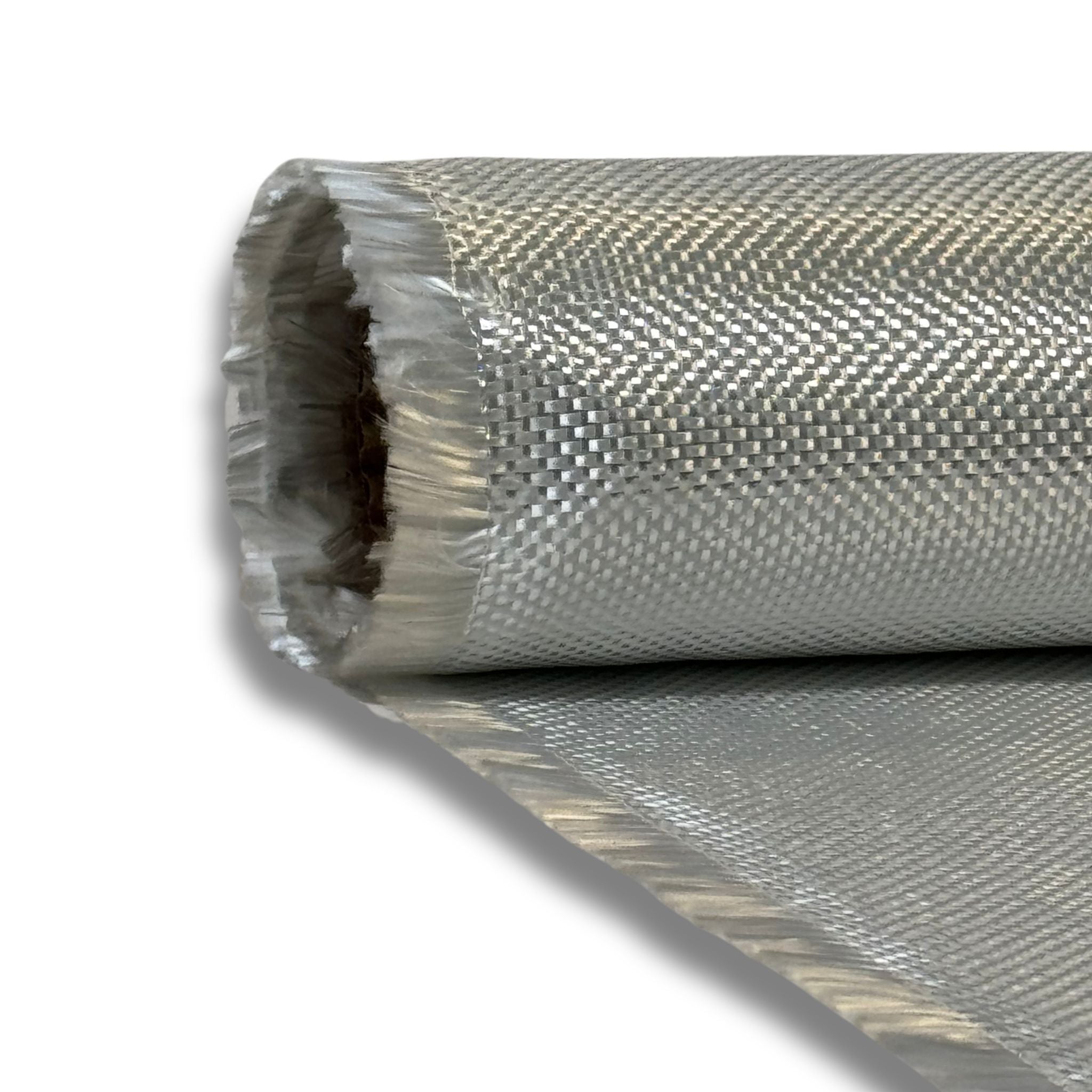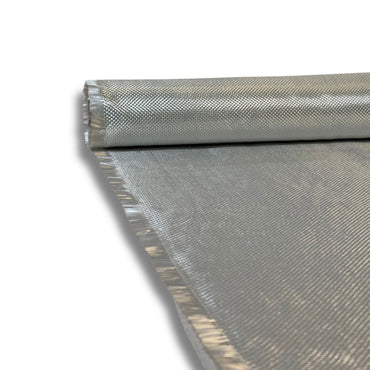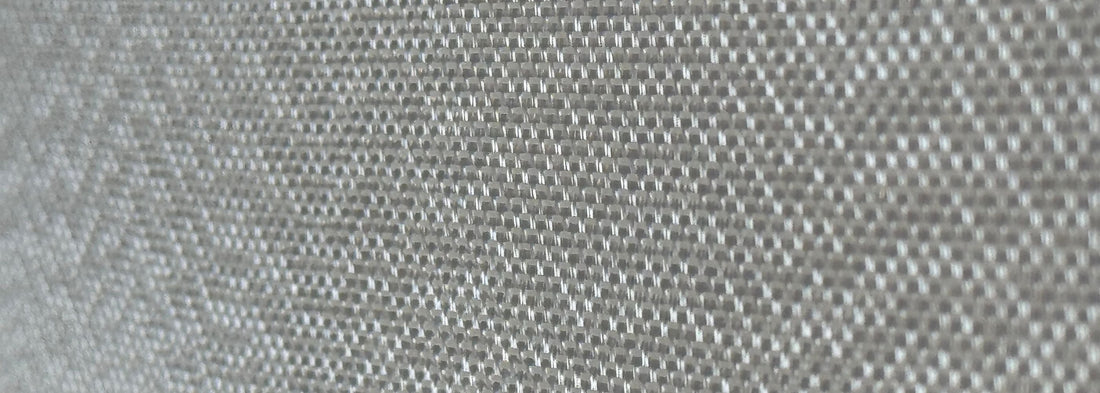
Understanding Fiberglass Weave Patterns and Their Uses
Fiberglass is a versatile material used in boat building, automotive applications, and various composite structures. However, not all fiberglass is the same—different weave patterns impact strength, flexibility, and application suitability. Understanding fiberglass weave patterns will help you choose the right material for your project, ensuring durability and performance.
Common Fiberglass Weave Patterns
Each fiberglass weave pattern has distinct properties that affect its strength and handling characteristics.
1. Plain Weave
- Structure: Simple over-and-under pattern.
- Strengths: High stability, minimal stretch.
- Best For: Small repairs, flat surfaces, and general reinforcement.
- Pros: Easy to handle, good uniformity.
- Cons: Less drapable, lower strength compared to other weaves.
2. Twill Weave
- Structure: Fibers stagger in a diagonal pattern.
- Strengths: Greater flexibility and drapability than plain weave.
- Best For: Complex shapes, curved surfaces, and aesthetic applications.
- Pros: High strength-to-weight ratio, conforms well to contours.
- Cons: Slightly harder to handle than plain weave.
3. Satin Weave (4-Harness, 5-Harness, or 8-Harness)
- Structure: Multiple fibers float over others before weaving under.
- Strengths: Excellent flexibility and draping ability.
- Best For: High-performance applications requiring maximum strength.
- Pros: Very smooth finish, conforms to complex shapes easily.
- Cons: More challenging to handle, can fray easily.
4. Biaxial Weave
- Structure: Fibers laid at 45-degree angles with no crisscrossing.
- Strengths: Provides strength in two directions (±45°).
- Best For: High-load areas such as boat hulls and structural components.
- Pros: Excellent impact resistance and stiffness.
- Cons: Requires more resin for full saturation.
5. Triaxial Weave
- Structure: Fibers woven in three directions (0°, +45°, -45°).
- Strengths: Provides strength in multiple planes.
- Best For: Heavy-duty marine applications and composite panels.
- Pros: Increased strength, less resin consumption.
- Cons: Can be more expensive than biaxial fabrics.
6. Woven Roving
- Structure: Thick, crisscrossed fibers woven into large bundles.
- Strengths: Heavy-duty reinforcement, high strength.
- Best For: Boat hulls, bulk laminations, and industrial applications.
- Pros: Very strong, cost-effective for large projects.
- Cons: Requires more resin and is less flexible.
Choosing the Right Weave for Your Project
- For Simple Repairs & Flat Surfaces: Use plain weave for ease of handling.
- For Curved & Complex Shapes: Choose twill or satin weaves for flexibility.
- For High-Load Structural Strength: Use biaxial or triaxial weaves.
- For Heavy-Duty Reinforcement: Select woven roving for maximum durability.
Final Thoughts
Selecting the right fiberglass weave pattern is crucial for achieving the best results in your project. Whether you need flexibility, high strength, or ease of use, there’s a weave designed to meet your needs.
For high-quality fiberglass materials, resins, and marine supplies, visit Boat Suppliers and find the best products for your next project!
Prev post
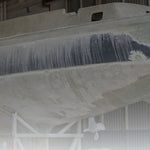
How to Properly Fiberglass a Boat Hull for Maximum Durability
Updated on 11 April 2025
Next post
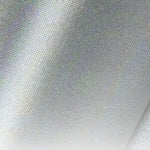
What Oz Fiberglass Cloth to Use: A Comprehensive Guide
Updated on 09 April 2025
